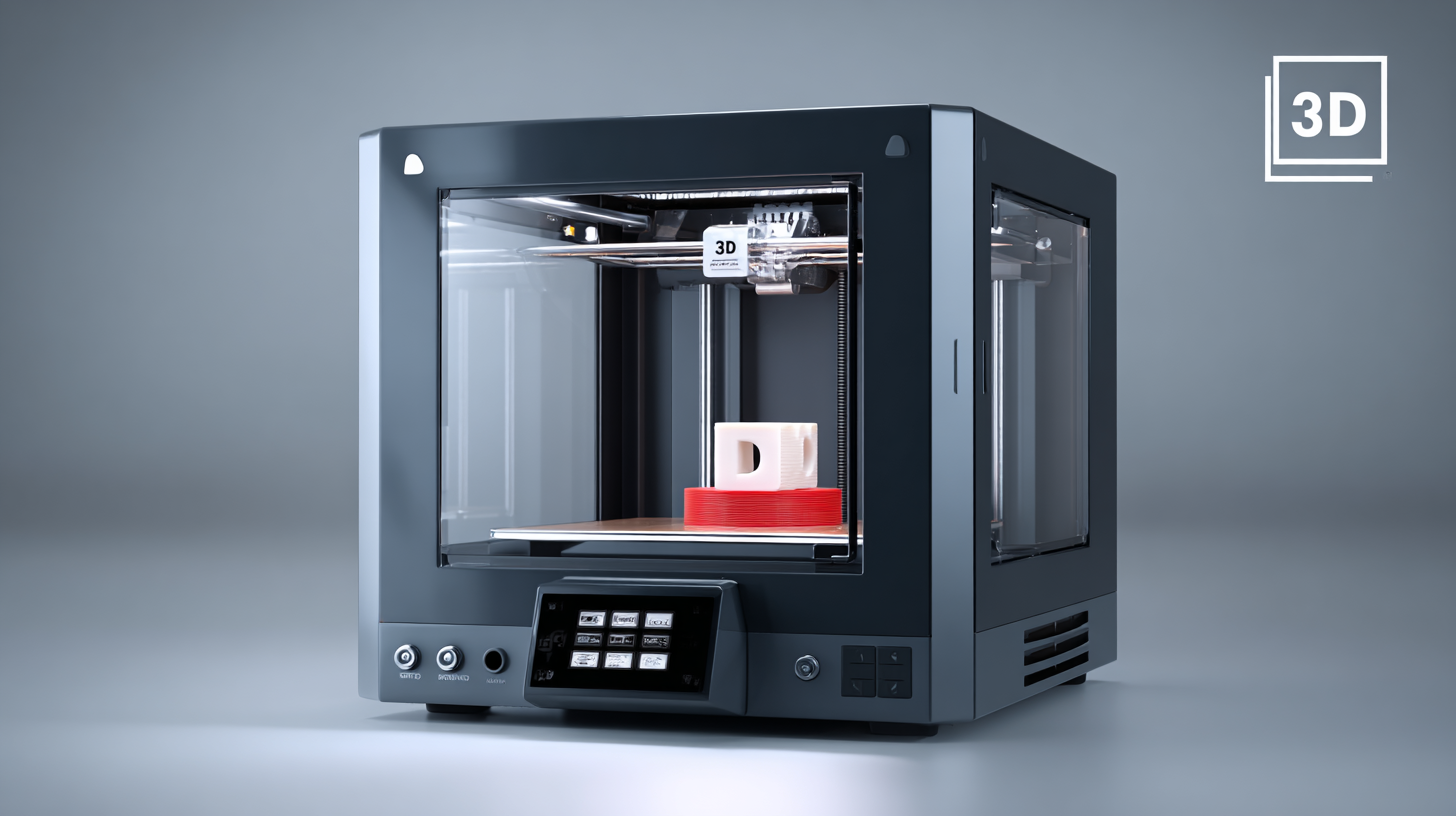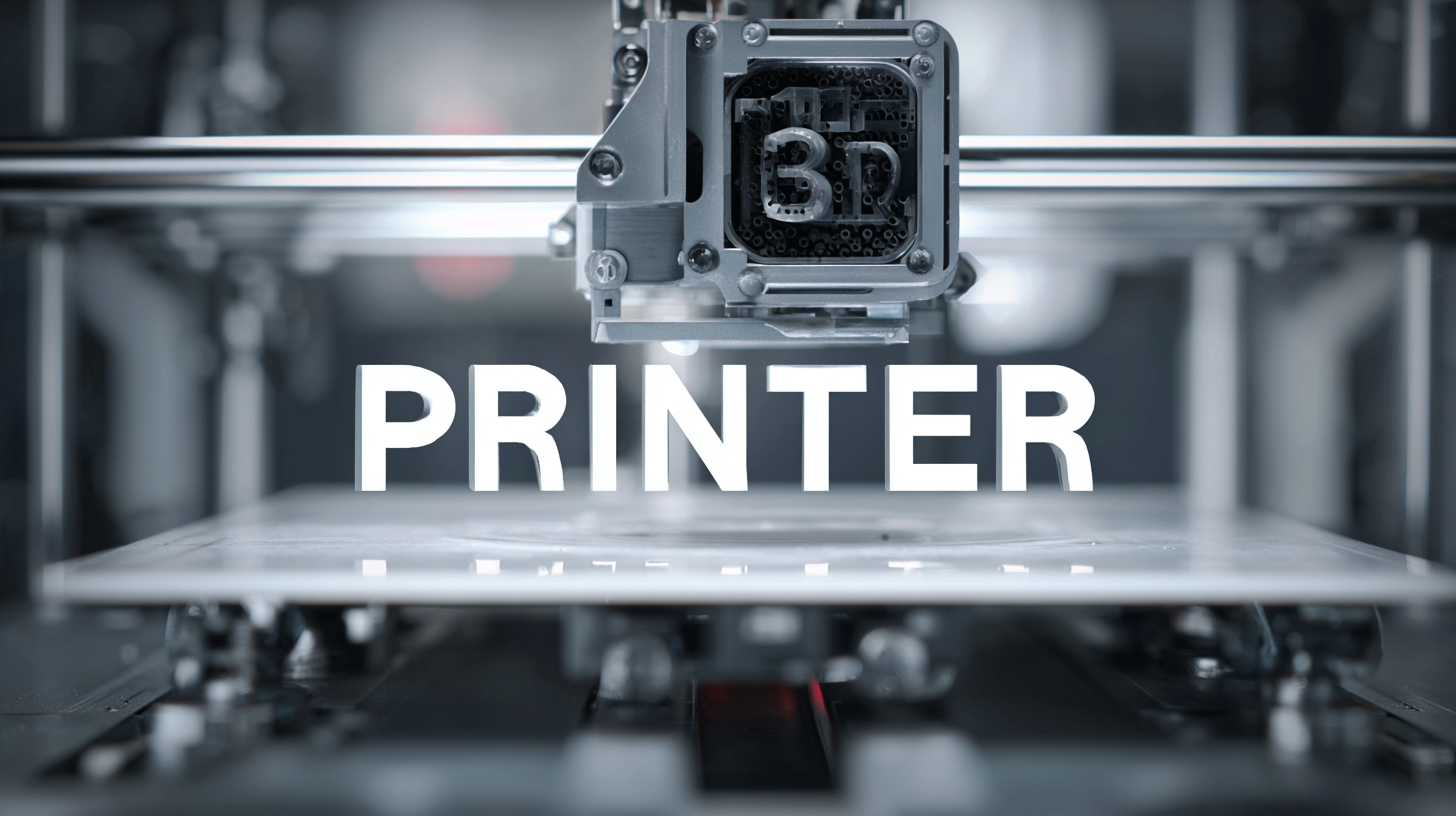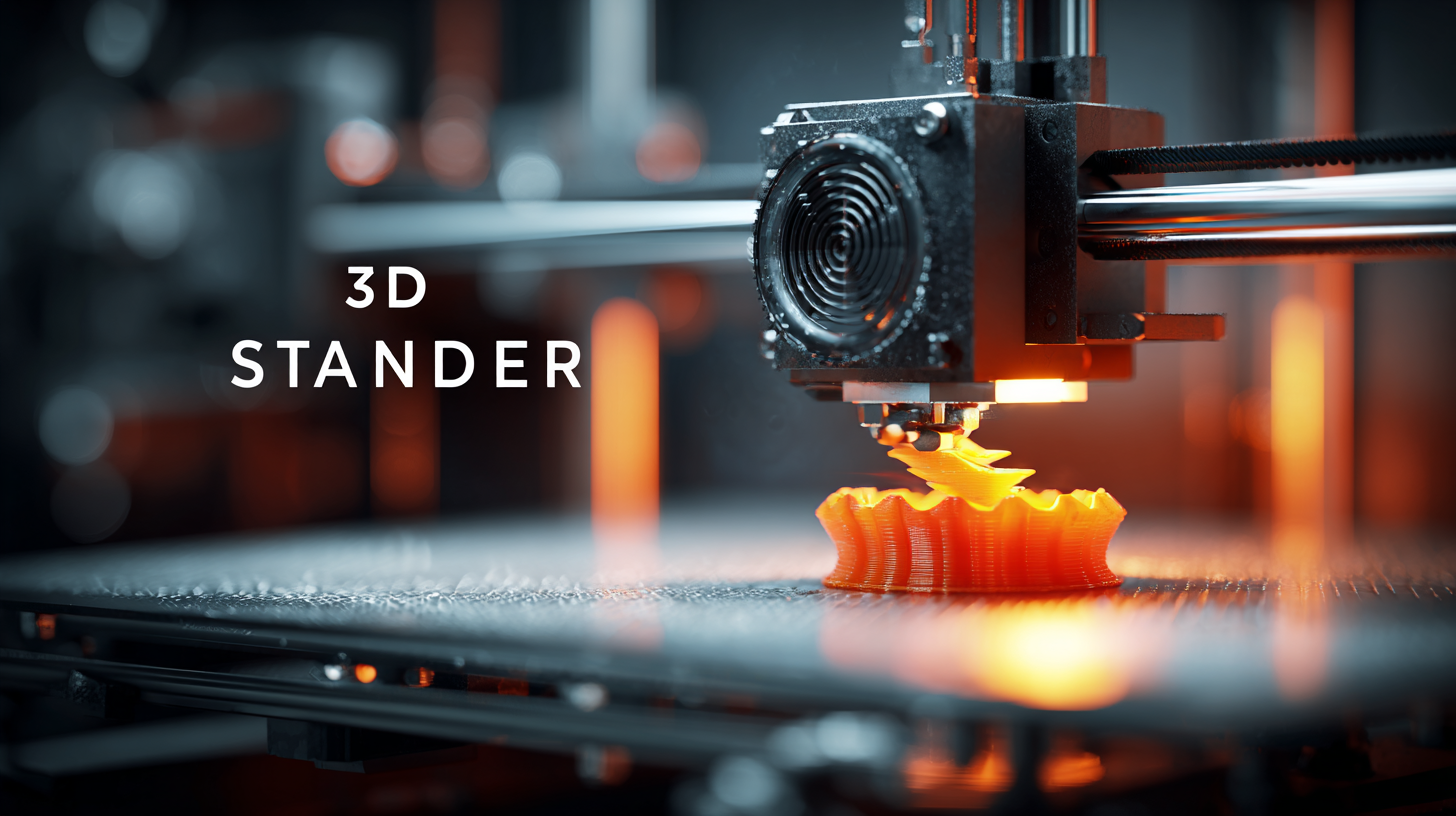Exploring the Industry Standards for the Best 3D Printer and Their Impact on Your Business
In the ever-evolving landscape of manufacturing and design, the role of a 3D printer has become increasingly significant, impacting various industries in unique ways. From rapid prototyping to customized production, understanding the different types of 3D printers and their specific applications is essential for businesses aiming to stay competitive.

This blog delves into industry standards that define the best 3D printers on the market, examining their features, capabilities, and how they can be leveraged effectively within diverse business models. By exploring the unique characteristics of various 3D printing technologies—ranging from FDM to SLA—we will provide insights into the appropriate contexts for their use and practical guidelines to help you make informed decisions.
Whether you are a startup or an established enterprise, grasping the intricacies of 3D printers can empower you to enhance your production processes and drive innovation.
Understanding 3D Printing Standards: What Defines Quality in the Industry
When exploring the world of 3D printing, understanding industry standards is crucial for determining quality. Key factors such as material compatibility, precision, and durability play significant roles in defining what constitutes a high-quality 3D printer. For instance, printers that utilize robust materials like nylon or ABS often yield stronger, more durable products, which is essential for businesses that require reliability in their outputs.
Tips: Consider investing in a 3D printer that meets established certifications such as ISO or ASTM, which can assure you of its quality and performance. Additionally, checking for customer reviews and industry case studies can provide insights into how effectively a machine operates in real-world applications.
Another aspect of quality in 3D printing standards is the printer's precision. This includes factors such as layer resolution and print speed. Higher precision can significantly enhance the final product's detail, making it indispensable for applications in industries like jewelry or aerospace.
Tips: Opt for printers that offer adjustable layer heights, as this feature allows for greater flexibility in achieving the desired level of detail. Evaluate the manufacturer's specifications and compare them with your business needs to ensure you select a printer that aligns with your quality expectations.
Exploring the Industry Standards for the Best 3D Printer and Their Impact on Your Business - Understanding 3D Printing Standards: What Defines Quality in the Industry
| Standard | Description | Importance | Impact on Business |
|---|---|---|---|
| ISO/ASTM 52900 | Standard terminology for additive manufacturing | Defines common terms for clarity | Improves communication and collaboration |
| ISO 9001 | Quality management systems | Ensures product consistency and quality | Builds customer trust and satisfaction |
| ISO/IEC 27001 | Information security management | Protects sensitive business data | Reduces risk of data breaches |
| ASTM F2951 | Standard guide for metal additive manufacturing | Defines materials and processes | Facilitates product development and innovation |
| UL 2904 | Standard for emissions and safety of 3D printers | Assures safety and compliance | Enhances regulatory compliance and consumer safety |
The Role of Quality in Chinese Manufacturing: Success Stories and Global Impact
The role of quality in Chinese manufacturing has become increasingly significant, influencing global markets and setting benchmarks across various industries. As businesses strive for excellence, many have adopted stringent quality standards that not only comply with international norms but also leverage innovative technologies. Success stories from well-known manufacturers showcase how commitment to quality has led to enhanced reputation and customer satisfaction, ultimately driving growth and innovation within the sector.

Tip: When considering a partnership with Chinese manufacturers, prioritize those who implement quality management systems like ISO 9001. This certification indicates a serious commitment to quality and customer focus, ensuring that the products meet global standards.
Additionally, the integration of cutting-edge technologies like 3D printing in manufacturing processes exemplifies how quality can lead to competitive advantages. These advancements not only improve production efficiency but also enhance the precision of products, allowing businesses to meet the increasingly high expectations of consumers.
Tip: Stay updated on industry standards and benchmarks for 3D printing to ensure that your business remains competitive. Regularly assess supplier capabilities and engage in continuous quality improvement initiatives to strengthen your production process.
Evaluating Different Types of 3D Printers: Which One Fits Your Business Needs?
When evaluating different types of 3D printers, it’s crucial to assess which one aligns best with your business needs. The landscape of 3D printing includes several technologies, such as FDM, SLA, and SLS, each with its own unique advantages. For instance, Fused Deposition Modeling (FDM) printers are known for their affordability and ease of use, making them ideal for startups and small businesses looking to prototype quickly. In contrast, Stereolithography (SLA) printers offer higher precision and smooth finishes, which may be necessary for industries like jewelry or dental applications.
**Tips:** Consider creating a list of your business requirements, such as print volume, material diversity, and budget constraints. This will help you narrow down your options effectively. Additionally, evaluate the support and resources available for each printer type since having access to a robust community or customer support can significantly impact your learning curve and operational efficiency.
Furthermore, think about scalability. If your business is poised for growth, investing in a more advanced 3D printing technology, like Selective Laser Sintering (SLS), could be worthwhile. Although more expensive upfront, SLS allows for greater flexibility in material selection and can produce more complex geometries, helping you stay competitive in a rapidly evolving market.
Evaluating 3D Printer Performance Based on Different Technologies
Compliance and Certification: Ensuring Your 3D Printer Meets Industry Regulation Standards
When investing in a 3D printer for your business, understanding the importance of compliance and certification is crucial. Industry regulation standards are established to ensure that 3D printers operate safely and effectively, minimizing risks associated with faulty machinery. By adhering to these standards, companies can not only enhance the reliability of their equipment but also safeguard their investment against potential legal and financial repercussions.
Certification from recognized bodies serves as a testament to a printer's quality and performance. It assures users that the equipment meets stringent safety and operational protocols. Furthermore, compliance with industry regulations can improve a company's reputation, instilling confidence in clients and partners. As competition in the 3D printing market intensifies, businesses that prioritize certified equipment are more likely to stand out, demonstrating their commitment to excellence and safety in their manufacturing processes. Investing in a certified 3D printer goes beyond mere compliance; it positions your business as a leader in innovation and quality.

Future Trends in 3D Printing: How Standards Will Shape the Market Landscape
The 3D printing industry is witnessing rapid evolution, driven by advancements in technology and the establishment of industry standards. According to a report by MarketsandMarkets, the global 3D printing market is projected to grow from $15.33 billion in 2020 to $62.79 billion by 2028, reflecting an annual growth rate of over 18%. This growth underscores the increasing importance of industry standards that ensure quality, compatibility, and safety across various applications. As these standards are established, businesses will find it crucial to adapt, as they will significantly influence material selection, printer capabilities, and overall production efficiency.
Tips: To stay ahead in the competitive 3D printing landscape, consider investing in training for your team on the latest standards and technologies. Keeping your staff updated ensures that they can effectively utilize new innovations, leading to improved productivity and output quality.
Moreover, as the market matures, sustainability will become a core focus. The ISO 長 standards are likely to influence eco-friendly practices within the sector. A McKinsey report highlights that companies adopting sustainable practices can see a 20% increase in stakeholder satisfaction. Businesses must align with these emerging standards to enhance their market position and reputation, which ultimately drives profitability.
Tips: Collaborate with suppliers who are committed to sustainability and who adhere to recognized standards to enhance your responsibility within the supply chain. This approach will protect your brand and potentially open new market opportunities.